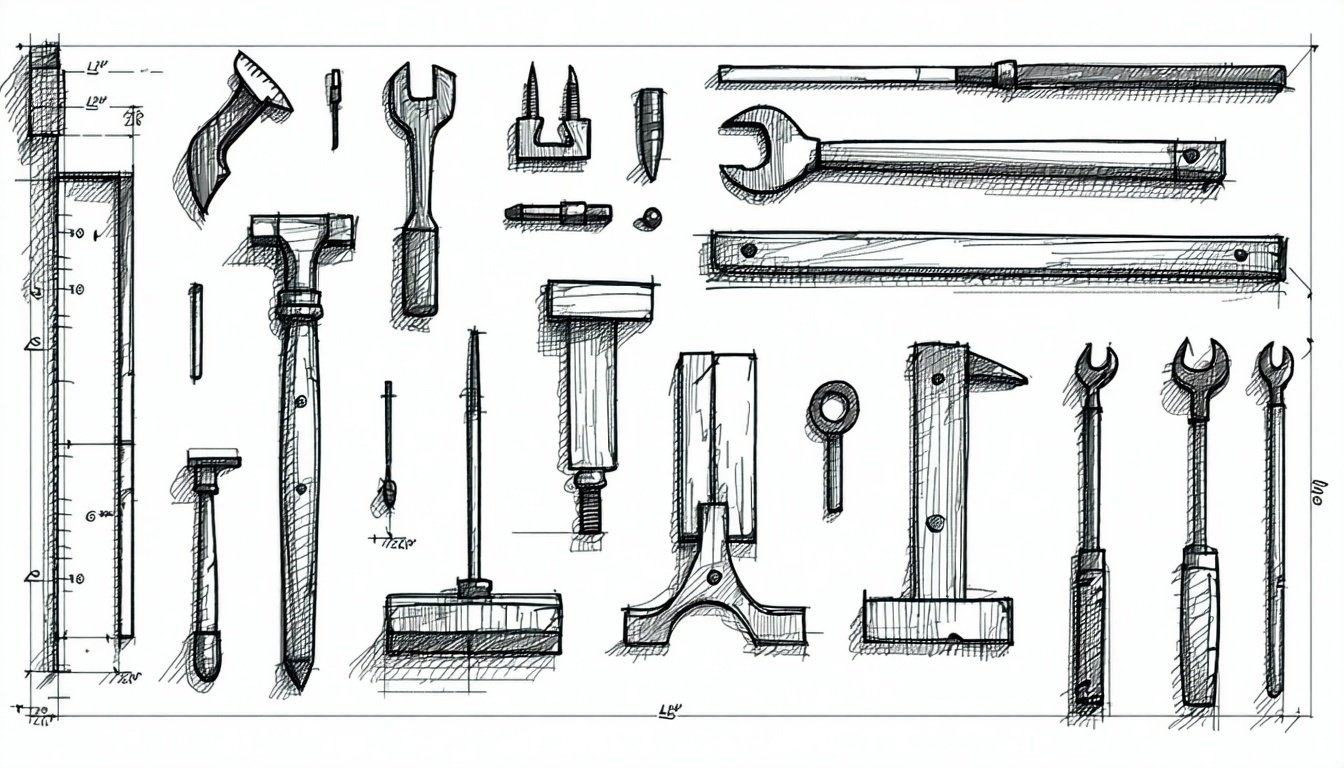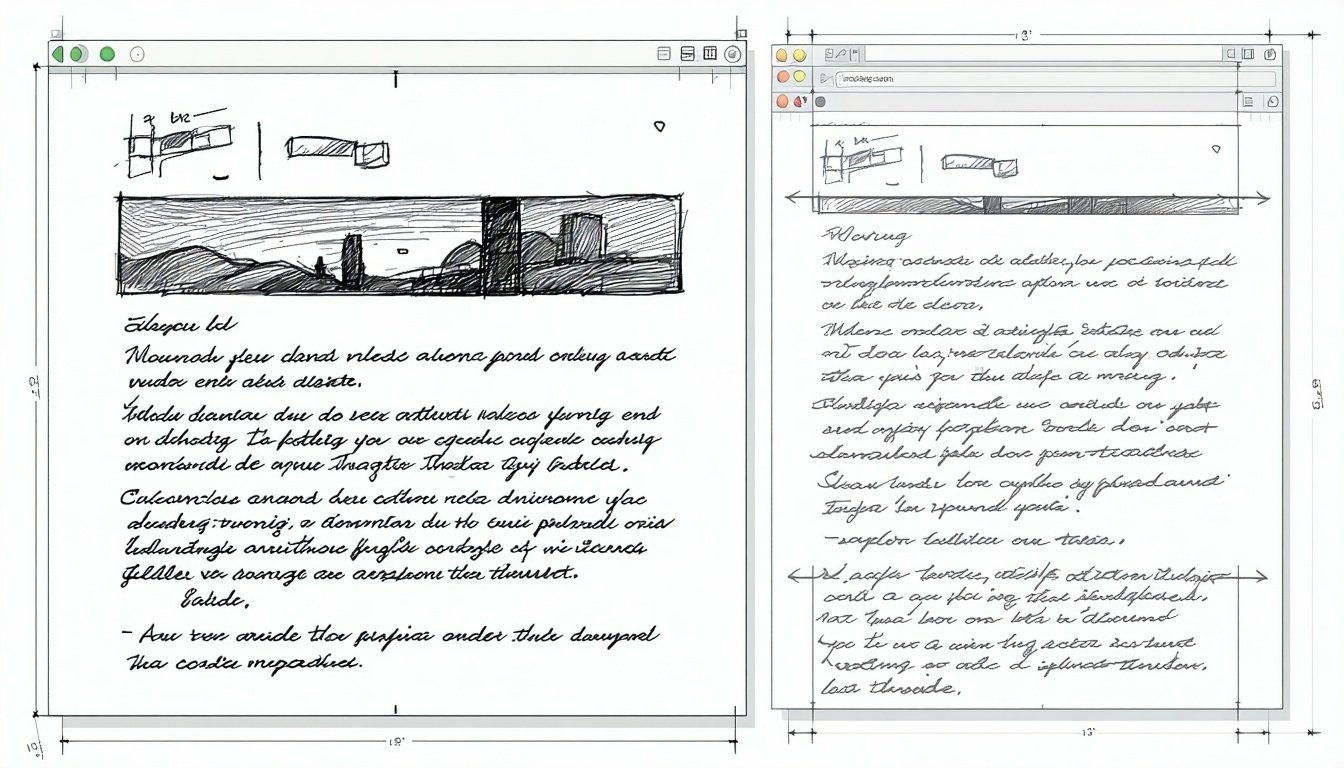

Table of Contents
In the fast-paced world of SaaS, customer education is more important than ever. It's essential to ensure that your customers know how to use your software in order to maintain a competitive edge.
At SaaS Academy Advisors, we believe in designing educational programs that have a mission to fundamentally transform aspects of the learner’s life.
Every learning experience that you create should be connected with a larger mission to empower adult learners whether consumers, industry professionals, customers, partners, and/or employees to grow their organizations, careers, and lives.
The Benefits of Customer Education
First, what do we mean by customer education? It can take many forms, but put simply, customer education is about teaching your customers how to use your product in a way that best meets their needs. This education can be done through a variety of means, including online tutorials, in-person training, or even documentation.
By providing your customers with the tools they need to be successful, you can build loyalty and create lasting relationships. Customer education is focused on ensuring that customers understand the features and benefits of a product or service, and knows how to use it in order to achieve their desired outcome.
In the fast-paced world of SaaS, customer education is more important than ever. It's essential to ensure that your customers know how to use yours in order to maintain a competitive edge. Customer education can help to increase loyalty by fostering a better understanding of the value proposition. When customers are able to see the direct benefits of using a product or service, they are more likely to continue using it over time.
Additionally, customer education can help increase product adoption rates. If customers don’t know how to use a particular feature, they’re not going to use it. By providing them with instructional content, you can increase the likelihood that they’ll take advantage of all your SaaS product has to offer, leading to better business results for your company.
Customer education provides numerous benefits that impact both the bottom line and the customer experience. As such, it should be an integral part of any business strategy.
The Customer Education Mindset
When you have a customer education mindset, you view every interaction as an opportunity to teach your customers something new. This includes both formal educational moments, like product demonstrations and training sessions, and informal opportunities, like providing helpful tips on using your product or answering questions about your industry. All of these moments should have the goal of helping your customers become more sucessful.
By taking the time to educate your customers, you show them that you value their business and are committed to helping them succeed. This helps to build trust and loyalty, both of which are essential for developing strong relationships with customers.
A learner-centric approach to customer education can help to create a customer education mindset in your business. Educational experiences can influence customers to develop habits that last long after the educational event is over. And by doing so, you will be able to influence your customers to develop lifelong learner habits that will benefit both them and your business.
As you get into the mindset of your customers, you can capitalize on the biggest opportunity we you have with your education. Creating content that will resonate with your intended audiences on the value of what they purchased.
Learner Profiles
Learner profiles will help make decisions about what kind of training to build, what content to cover, and what format to use, but most importantly help you get into the mindset of your customers.
A learner profile is a fictional description that models your actual learners based on common characteristics that your learners share.
A learner profile should help answer the following questions:
- Who are they?
- What do they like?
- What motivates them?
- What frustrates them?
- What are their learning goals?
Since a learner profile is based on characteristics, a learner profile is not equivalent to a job or role. While someone’s role provides insight into responsibilities and skills, a learner profile will provide information on motivations, goals, and learning styles.
To start building these profiles:
1. Gather quantitative & qualitative learner information
- How are learners using a LMS?
- What content/assessments/activities are they consuming?
- What topics or categories do they like (most popular)?
- Who are they?
- What do they want to accomplish?
- What information are they looking for?
- Note similarities, specifically around learning styles and knowledge gaps.
Here's a lightweight example:
LEARNER PROFILE EXAMPLE
Learning Goals:
-
- Making sure they’re meeting compliance and regulations
- Getting started in a new role
Common objections to learning:
-
- A lot of training content is outdated or seems irrelevant
- Takes up too much time
- Too much training - feels like drinking out of a fire house
Responsibilities:
-
- Managing timelines and keeping team on track
- Communicating any roadblocks to the product team
Motivations:
-
- Peer recognition
- Growth in career, responsibilities
Frustrations:
-
- Slow download times
- Poor communication
- Data crashes
Takeaways:
Since this learner profile finds a lot of content to be outdated, eliminate long-form content as we can't manage keeping content updated and creating net new. Keep videos for evergreen content.
Learner profile finds a lot of training content irrelevant. Increase the relevancy by using more examples or case studies and note what is recommended vs required.
Jobs To Be Done Framework
Customers will only see the value if you’re aware of what their journey looks like and what education is needed.
A framework that can be used to continue to solve for your customer's needs is Clay Christensen’s Jobs to Be Done.
“People don’t simply buy products or services, they ‘hire’ them to make progress in specific circumstances.”
The Jobs-to-be-Done (JTBD) Framework is an approach to understanding consumer needs and designing product experiences that are successful in satisfying those needs. It has been gaining popularity, especially amongst product managers and user experience designers, due to its ability to help them solve customer problems with greater accuracy and insight. At its core, JTBD focuses on uncovering the deeper motivations behind consumer behavior - what causes people to hire a particular product or service for a specific job. By breaking down these jobs into smaller components, designers can more easily identify potential areas of improvement that will lead to greater customer satisfaction.
A key concept of the framework is job mapping. This involves breaking down a given job into its constituent parts so that it can be better understood and addressed through design. The goal is to identify all the factors affecting whether or not a given product will effectively accomplish a desired task and design accordingly. This can also apply for customer education. Through research techniques such as interviews, surveys and observation, you can gather evidence about learner needs.
The Jobs-to-be-Done Framework provides valuable insights that enable you to create education that's are tailored specifically to customers’ needs and expectations. Additionally, the framework can allowing you to focus your efforts on education with higher potential for success rather than on tasks with less clear outcomes.
Dig Deeper

Join the conversation with other SaaS education leaders. Share your insights or ask a question.

Explore the templates and frameworks we recommend to put these ideas into action.

Keep learning - dive into related topics and best practices from our latest posts.
.png?width=75&height=152&name=saas_academy_logo%20(2).png)
.png?width=104&height=152&name=saas_academy_logo%20(1).png)